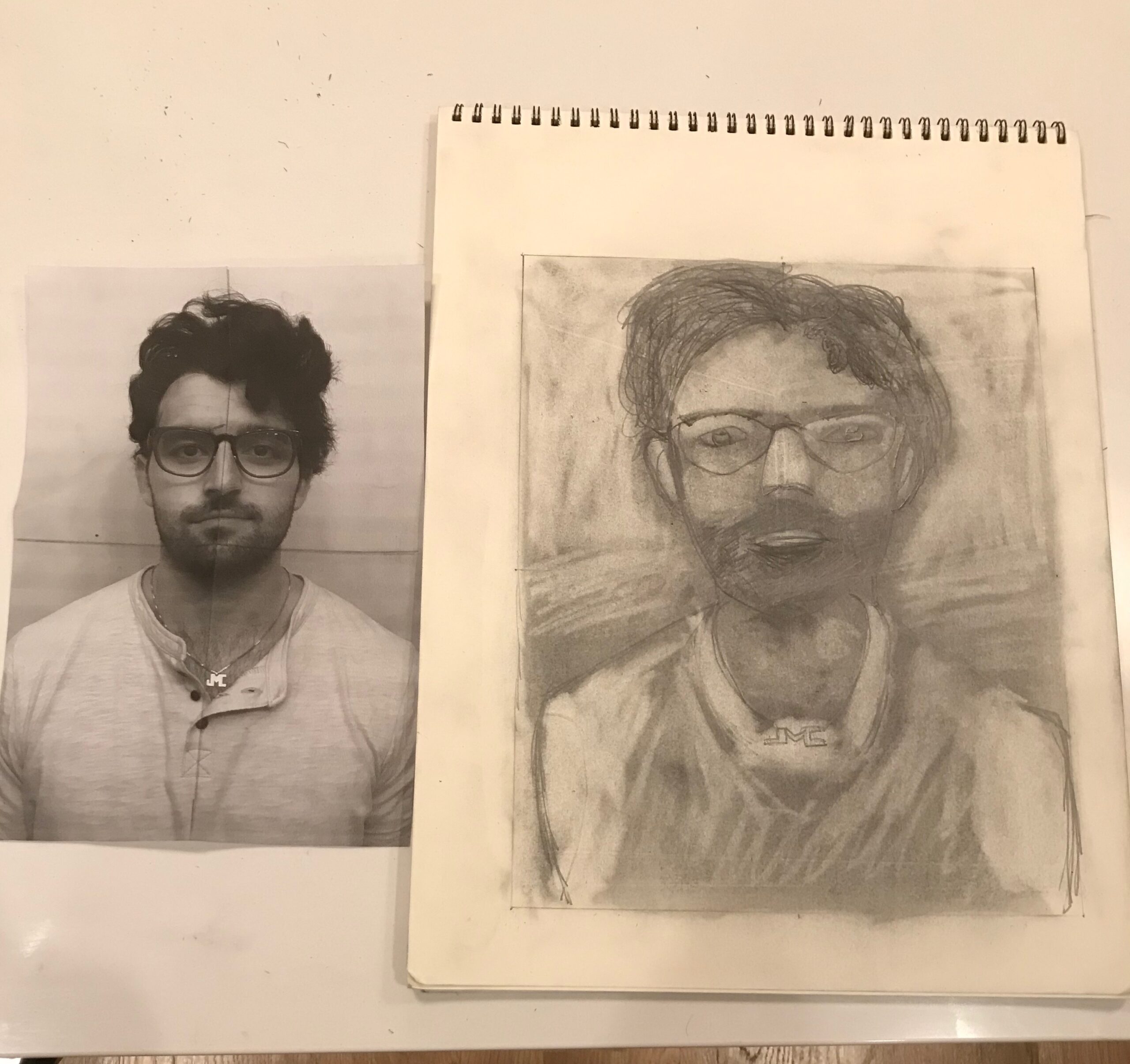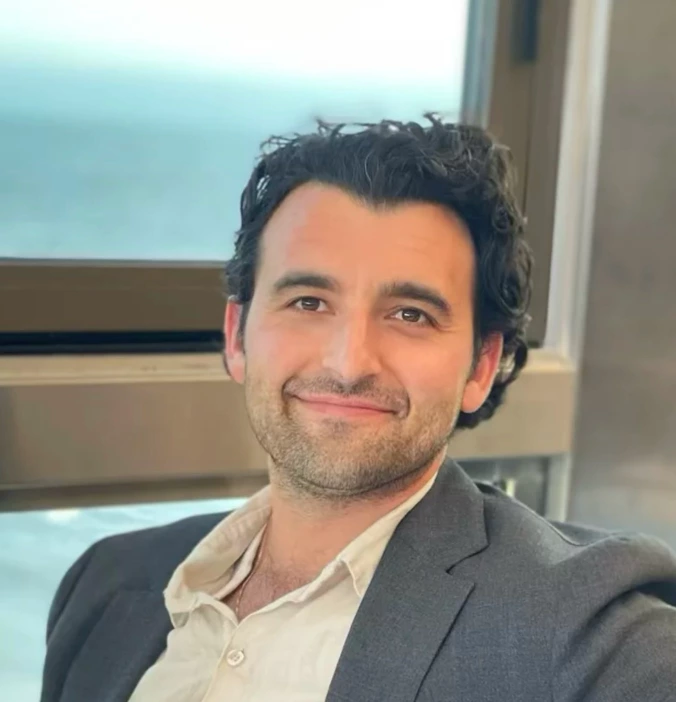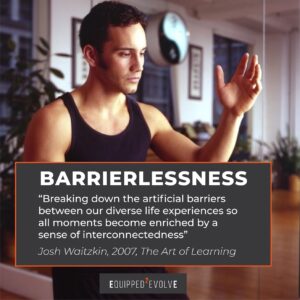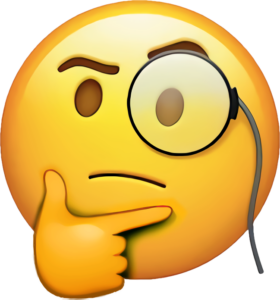Think about a mistake that you made recently… What if instead of referring to it as a mistake, you were to refer to it as a misperception?
Last fall, I took a six day drawing class (“drawing on the right side of the brain”). Drawing has long been a very scary, vulnerable, and humiliating proposition for me. The purpose of taking this class was to face those fears and convince myself that I could learn about drawing as a skill and actually draw with greater competency, as opposed to forever feeling imprisoned by my lack of an innate drawing capability.
I learned that drawing is made up of principles. Because there are principles, there are methods, and where there are methods there comes repetitions, and repetition is the path to acquiring the skill of drawing. The foundational principle for drawing is to understand that drawing is NOT a motor skill. Drawing is a visual-perceptual skill. It is a skill in seeing by doing very little verbal processing. Ultimately, composition is just an arrangement of positive and negative spaces in a manner that is pleasing to the eyes (the eye of the beholder).
Drawing is about seeing shapes as they REALLY are and quieting the language of symbols that the left brain desires to utilize so it can abstract meaning. Everything in our environment is a collection of shapes; however, we relate to most objects as concepts. We don’t say, “pass me one of the triangles with cheese.” We say, “pass me one of the slices of pizza.”
One of the first exercises I was given to recreate was Picasso’s portrait of Igor Stravinsky.
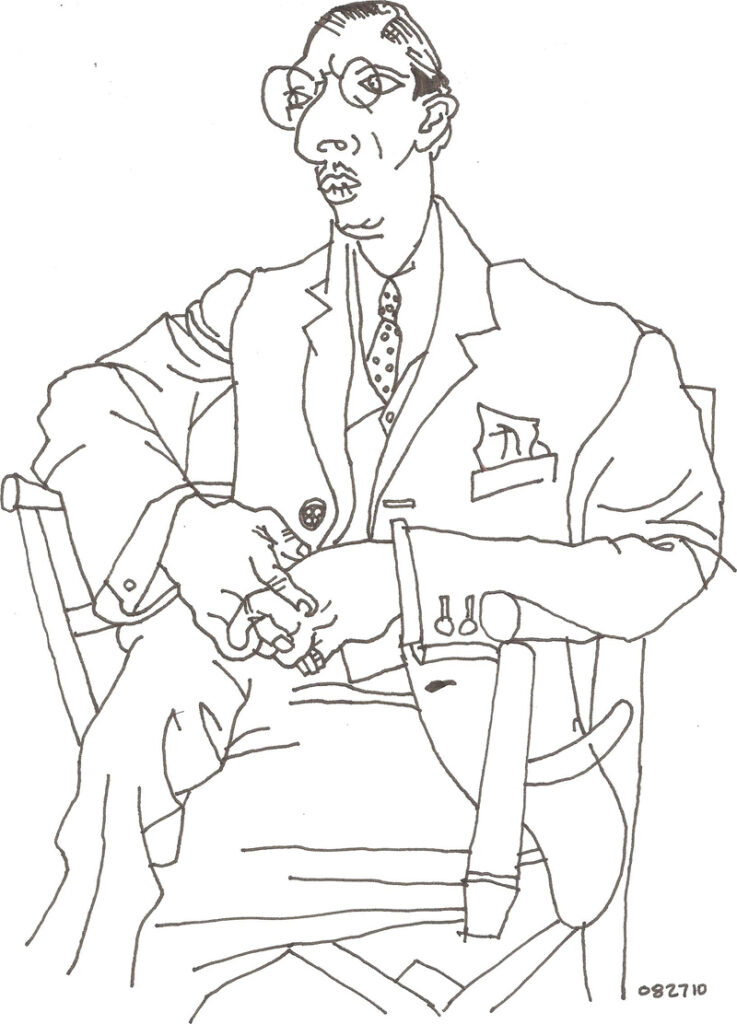
Instead of looking at the portrait and attempting to copy what my brain perceived to be a funny looking human with glasses, I was instructed to look at this image upside. Additionally, while I had it upside down, I was told to cover up all of the image, except for the small segment of shapes that I was measuring to recreate. This magically tricked my brain. I was no longer focused on how my outcome would or wouldn’t be an”accurate depiction.” I was merely focused on the process of capturing the relationships between lines and shapes. By working from one set of lines and shape to the next, I was better able to perceive reality and limit the influx of anxious, doubtful self-talk , which ultimately leads to feeling overwhelmed.
Once you understand that drawing has less to do with what your hand can do and more to do with what your brain perceives and believes it can recreate, you realize that what we have long identified as “mistakes” are actually “misperceptions.” Isn’t this a beautiful reframe?
Mistakes can feel personal, pervasive, and permanent; whereas, misperceptions feel fleeting, momentary, and temporary, much like a typo or forgetting the directions for how to get to where you were planning to go.
